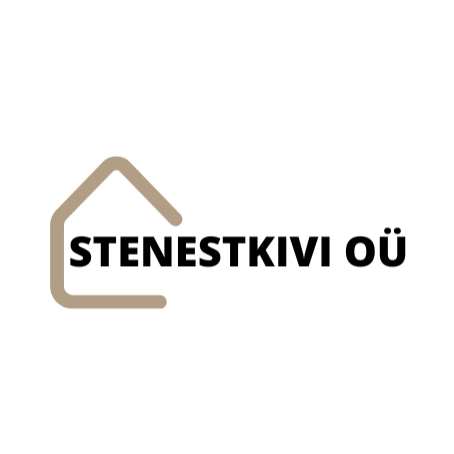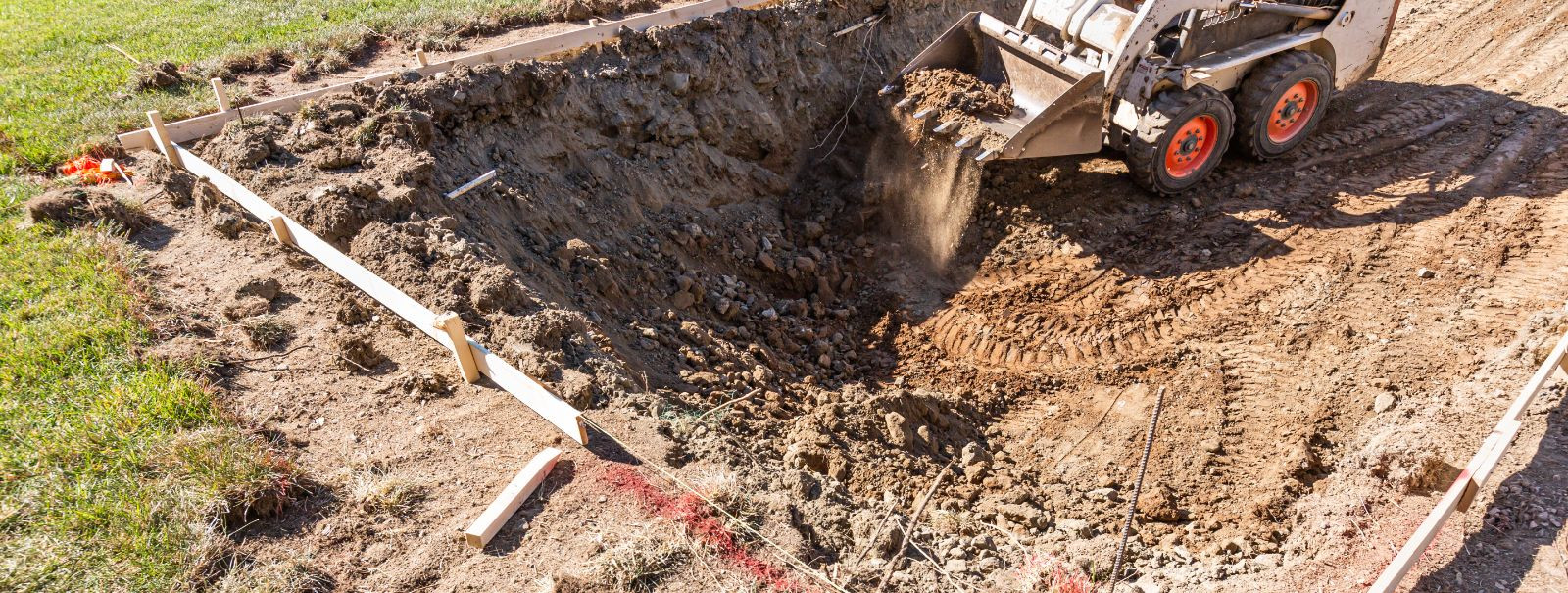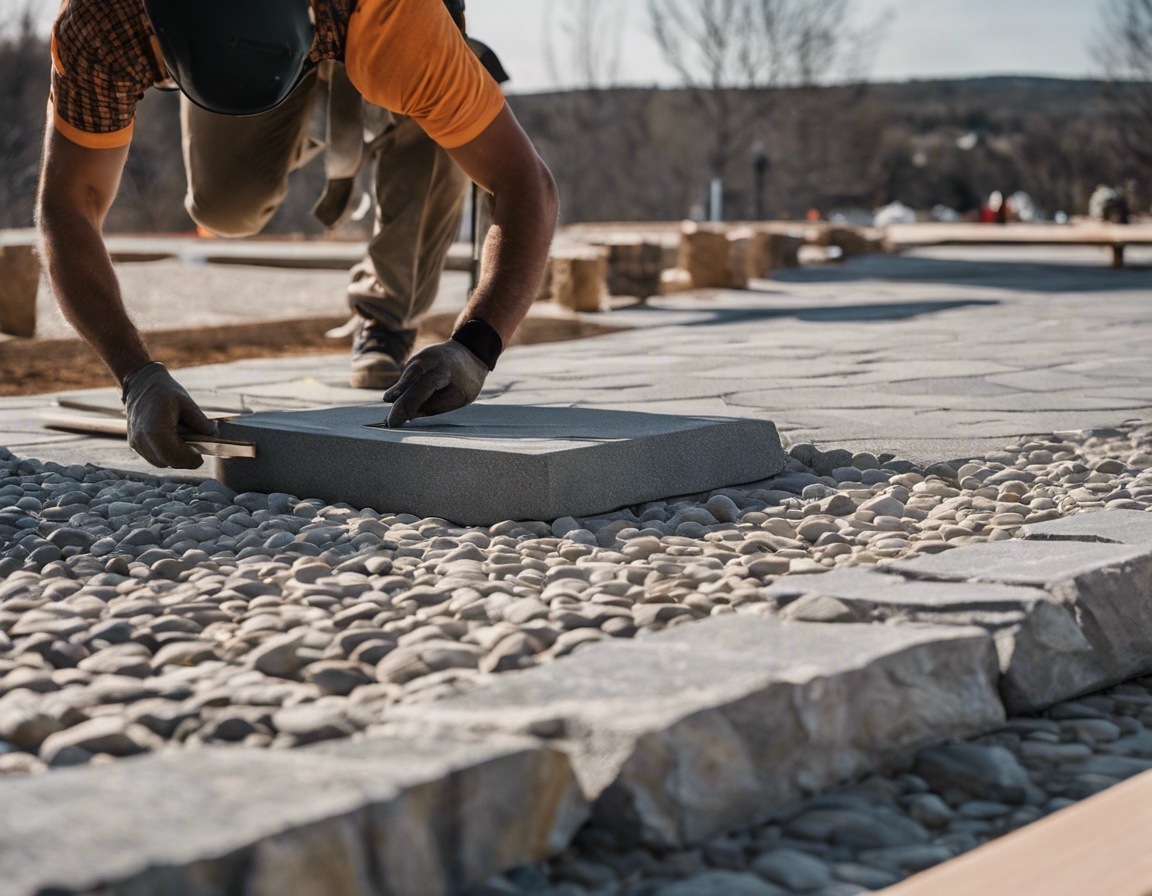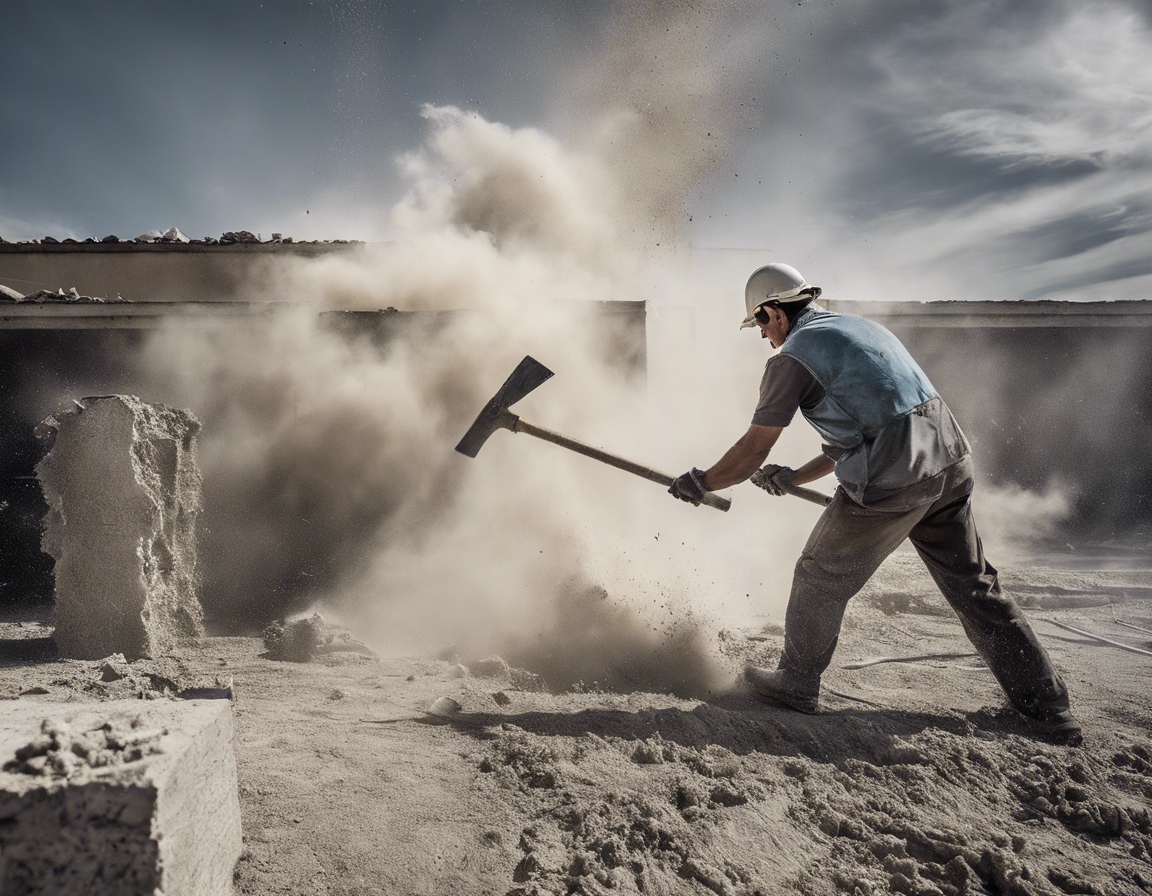5 trends shaping the future of urban construction
The landscape of urban construction is continually evolving, driven by a combination of technological innovation, environmental concerns, and changing societal needs. As we look to the future, several key trends are emerging that promise to shape the way cities are built and function. In this post, we'll explore five of these trends that are poised to influence urban construction significantly.
1. Sustainable and Green Building Practices
With the growing emphasis on sustainability, urban construction is increasingly focusing on energy efficiency and the integration of renewable energy sources. Buildings are being designed with better insulation, energy-efficient appliances, and systems that can generate power from solar, wind, or geothermal sources.
The use of eco-friendly materials is on the rise, with a push towards resources that are sustainably sourced, recycled, or have a lower carbon footprint. This includes materials like bamboo, recycled steel, and low-VOC paints.
Urban construction is also incorporating more green spaces and elements of biophilic design, which seeks to connect building occupants more closely to nature. This can include features such as living walls, rooftop gardens, and natural lighting.
2. Technological Advancements in Construction
Building Information Modeling (BIM) is revolutionizing the construction industry by providing a digital representation of a building's physical and functional characteristics. This technology facilitates better planning, design, construction, and management of buildings.
Prefabrication and modular construction are gaining traction as they offer the potential to reduce construction time, waste, and costs, while also improving quality control.
The use of automation and robotics in construction is increasing efficiency and safety on construction sites. Robots can perform repetitive tasks, work in hazardous environments, and ensure precision in construction processes.
3. Smart Cities and Urban Infrastructure
Smart cities are integrating intelligent transportation systems to improve traffic flow, reduce congestion, and enhance public transportation. These systems use data and technology to optimize the efficiency of urban mobility.
Smart building systems and the Internet of Things (IoT) are making buildings more responsive and efficient. Sensors and connected devices can control lighting, heating, and security systems, leading to reduced energy consumption and improved occupant comfort.
As climate change and urbanization increase, cities must become more resilient and adaptable. This includes designing infrastructure that can withstand extreme weather events and adapting existing structures to new uses as cities evolve.
4. Focus on Community and Social Spaces
Mixed-use developments that combine residential, commercial, and recreational spaces are becoming more popular. They encourage community interaction and reduce the need for transportation.
There is a growing trend towards community-centric design, which prioritizes the needs and well-being of residents. This includes creating spaces that promote social interaction and a sense of community.
Urban construction is increasingly focused on accessibility and inclusivity, ensuring that buildings and public spaces are usable by people of all abilities and ages.
5. Regulatory Changes and Compliance
Changes in zoning laws and building codes are influencing urban construction, often with a focus on promoting sustainability and safety. This includes regulations that require green building certifications or encourage the use of renewable energy.
Health and safety regulations are becoming more stringent, with increased emphasis on creating safe construction environments and healthy living spaces.
Environmental impact assessments are becoming a standard part of the construction process, ensuring that new developments are environmentally responsible and sustainable.






Comments (0)